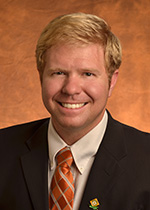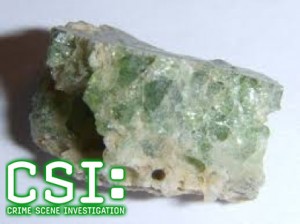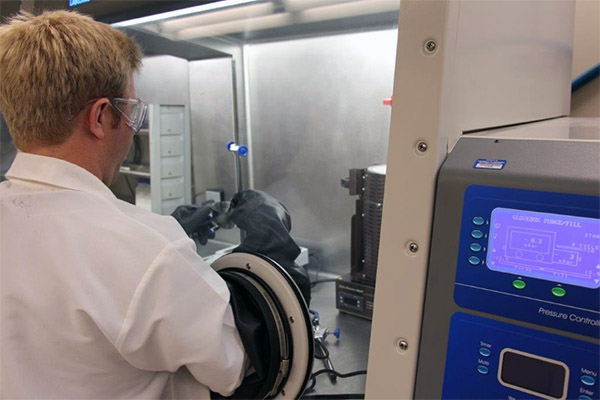Research Highlight: John Auxier II

John Auxier II, research assistant professor of Nuclear Engineering, is only half joking when he compares his current research to the long-running television show CSI(Crime Scene Investigation for the uninitiated). Although it’s not pleasant to do so, consider the scenario of a terrorist nuclear attack on the US. In the aftermath, identifying the weapon used helps to narrow down the list of suspects. Was it a weapon of mass destruction? Or a radiation dispersion device (aka a dirty bomb)? A nuclear CSI (NCSI) team would study the attack debris left, specifically nuclear melt glass. The melt glass is similar to trinitite, named for the green-hued glass left by the 1945 Trinity test at the White Sands Missile Range in New Mexico. The team would closely examine the morphology, or surface texture, color, pore size, and overall characteristics of the melt glass, while measuring the gamma rays emitted by the debris.

The NCSI, or post detonation nuclear forensics, for characterizing the nuclear debris can be either destructive or nondestructive. One nondestructive method is to use a combination of a scanning electron microscopy (SEM) and energy dispersive microscopy (EDM): the SEM picks up surface characteristics and the EDS identifies the elements present. Determining, for example, whether plutonium or uranium was used in the attack will help determine the perpetrator, since the technology to develop a uranium device is much less complicated than for plutonium.
Destructive analysis involves dissolving a piece of the nuclear melt glass in acid and dividing it into samples for analysis. Using alpha spectroscopy on one sample of the dissolved glass provides a good picture of the actinides (elements) present, like uranium, plutonium, americium, and curium, and isotopes of these elements (238U, 235U, etc.). This elemental fingerprint can reveal characteristics of the device used, like the weapon type, for example. Mass spectroscopy can be used on the other parts of samples to characterize the isotopes of the actinides identified by the alpha spectroscopy, thus providing two values that agree.
“What happens when there’s a nuclear attack-the public, the government, the military all want an answer yesterday about who is responsible. We need answers right away. If we can reduce a five to six day turnaround, I call that significant progress,” says Auxier.
His goal is to improve the forensics process by making it faster, in particular, the dissolve/separate component of the forensic analysis, which is the most time consuming. As part of Professor Howard Hall’s research group at UT, Auxier and colleagues recently developed a method for crafting synthetic nuclear melt glass for forensic analysis. The synthetic glass can be used to simulate a variety of scenarios and will help develop and validate forensic analysis methods. The nuclear forensics research of Auxier and his group appeared in Science in March 2016: Surprise nuclear strike? Here’s how we’ll figure out who did it. Auxier is excited about the prospects for UT students to engage in this and future research.
“We currently have students crafting synthetic nuclear material and detecting radiation with a drone,” he says. “Yeah, it’s fun to come to work every day.”
